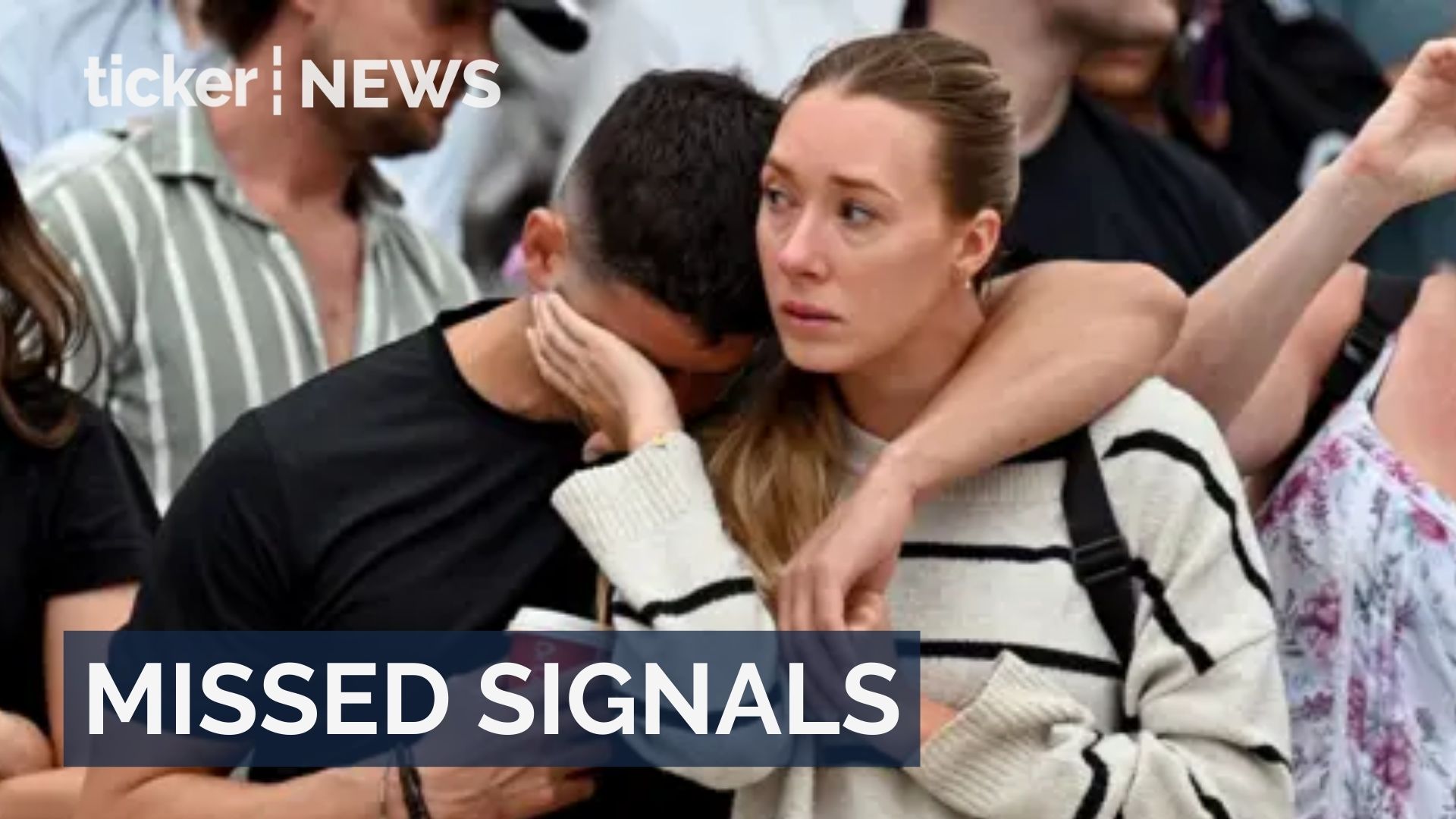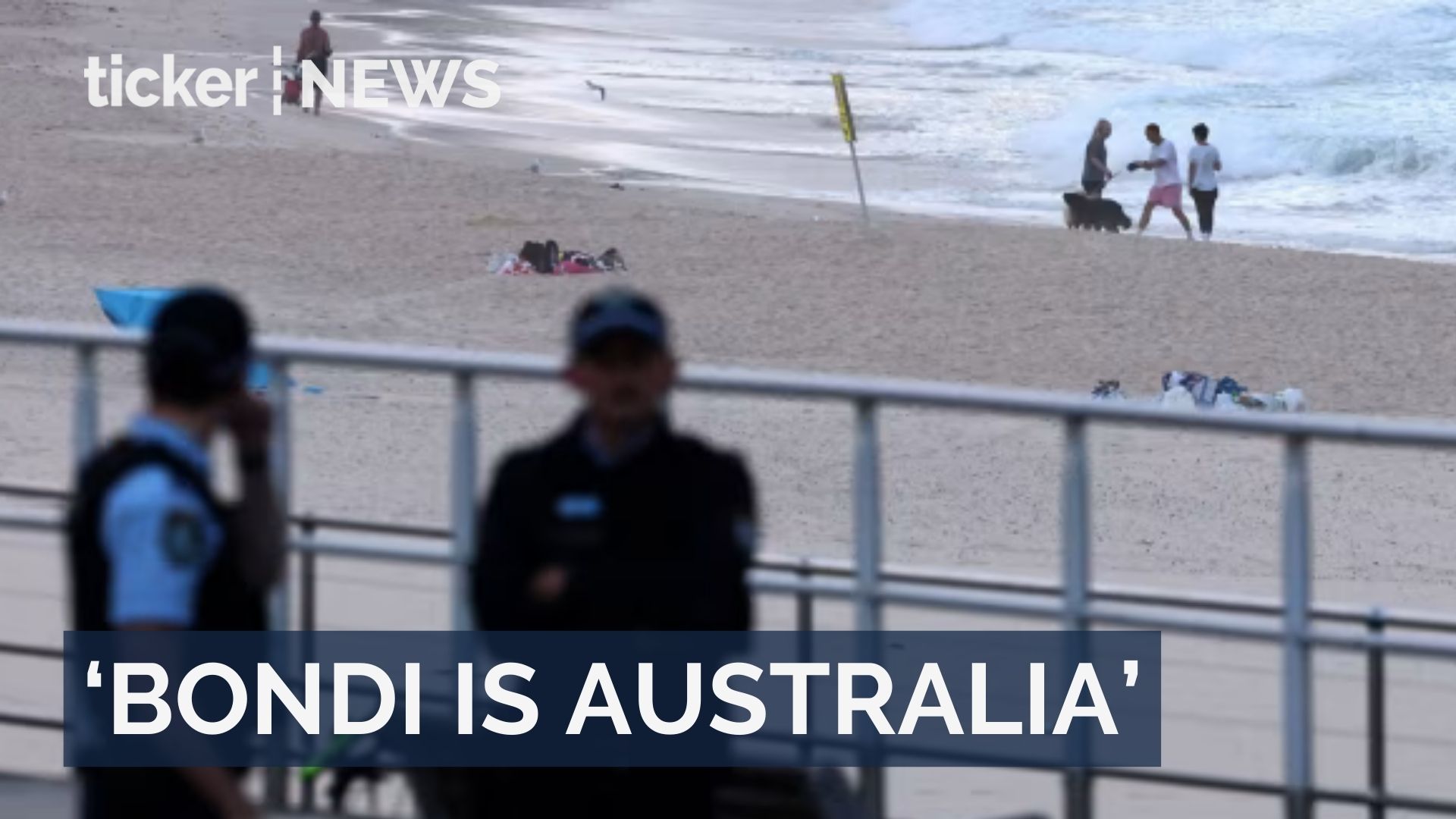Helen Hodgson, Curtin University
Federal elections always offer the opportunity for a reset. Whoever wins the May 3 election should consider a much needed revamp of the tax system, which is no longer fit for purpose.
The biggest challenge that should be addressed through tax reform is the level of inequality in Australian society.
The five-yearly Intergenerational Reports lay bare the intergenerational squeeze. The future burden of supporting the ageing population will increasingly fall on younger Australians who generally don’t enjoy the same financial wellbeing of previous generations.
But there is also rising inequality within generations. Not all younger Australians can rely on inherited wealth, including the bank of mum and dad. And superannuation balances at retirement vary wildly, given they are tied to work history.
Proper systemic tax reform would play a crucial role building a fairer society.
Reform freeze
But to define what is meant by tax reform, we need to think about some of the big picture concerns that affect our economy.
Arguably we have not successfully pursued a tax reform agenda since the introduction of the GST in 2000. Various governments have changed the tax rates, but that doesn’t constitute genuine reform.
The Henry Review, commissioned by the Rudd government, set out the long-term horizon for reform – including resource taxes and road user charges for the transition to a net-zero economy. However, the Henry blueprint has not been adopted by any succeeding government.
Politicians like to boast of “reform agendas”. Despite the political rhetoric, the tax system has not yet adapted to the 21st century.
Wealth inequality
The biggest gap in our tax base relates to the concessional taxation of wealth and assets, which is an area ripe for reform.
According to the Treasury, the top six revenue losers all relate to superannuation, capital gains and negative gearing. In 2024–25, the estimated revenue foregone for these concessions are:
- $29 billion for the concessional taxation of employer superannuation contributions
- $27 billion for the main residence Capital Gains Tax exemption (discount component)
- $26 billion for rental deductions (this is partly offset by rental income)
- $24.5 billion for main residence Capital Gains Tax exemption
- $22.73 billion for CGT discount for individuals and trusts
- $22.2 billion for the concessional taxation of superannuation earnings
The distributional analysis for superannuation and the Capital Gains Tax discount shows the greatest benefit goes to older taxpayers in the higher earnings brackets. So wealth inequality is perpetuated.
Addressing these overgenerous concessions to broaden the tax base should be the starting point for any meaningful reform in this country.
Taking another look at death duties, which were abolished from the late 1970s, should also be considered.
Death duties were applied to assets transferred to beneficiaries on death. If they were reimposed with a starting threshold set at an appropriate level, they would limit the intergenerational transfer of wealth, which is generating much of the inequity.
Wealth creation tools
The Capital Gains Tax discount was introduced following the 1999 Ralph Review to direct productive capital into Australian businesses.
The 50% discount sparked the boom in residential investment, which combined with negative gearing, has supercharged the inefficiencies in our housing market.
Superannuation is another wealth-creation tool. Again, the design of superannuation, whereby tax was paid at 15% on the three stages of contributions – investment, earnings and withdrawal – was subverted in search of simplicity in 2007 when the Howard government exempted superannuation withdrawals from tax.
Case study
By comparison, the age pension is taxable, if the recipient earns other income. So too are earnings from work allowed under Centrelink rules. This not only allows estate planning advantages, but creates an unfair outcome for retirees who have not had the opportunity to accumulate substantial balances.
Consider the cases of “Jean” and “Kim”, who are both single homeowners aged 68.
Jean has no financial assets and receives the full pension of $1,194 per fortnight plus $512 per fortnight from part-time work. She has a taxable income of $43,816 per annum and, after tax offsets, pays $2,595 in tax including $209.70 medicare levy.
Kim has a superannuation balance of $880,000 and draws a super pension of $44,000. Kim is not eligible for the pension, but pays no tax and no medicare levy.
Is our tax system really delivering a fair go for all Australians?
Tax relief is not reform
Ahead of election day, both the government and opposition are promising tax handouts. Labor is offering top-up tax cuts starting July 1 2026. The coalition says it will temporarily halve the fuel excise.
But meaningful reform will not be achieved by politicians trading off various interest groups to win votes.
Nor do we need yet another review: many of the solutions to Australia’s tax problem were identified by the Henry Review 15 years ago.
And we must avoid cherry-picking incentives that lead to perverse outcomes. For example, cutting fuel excise will slow down the transition to a net zero economy.
Consensus needed
Whoever forms government after the election could build a coalition of business and community sector leaders to seek consensus and pursue holistic reform. The focus must be on addressing the inequality that is emerging as a challenge to the economy and our way of life.
As Ken Henry recently stated, successive governments have fuelled inequality by failing to do three things
one, manage financial risks arising from the erosion of the tax base; two, maintain the integrity of the tax system; and three, have regard to intergenerational equity.
Without significant tax reform, Australia’s wealth divide will continue to deepen with young people and future generations left to suffer the brunt.
This is the sixth article in our special series, Australia’s Policy Challenges. You can read the other articles here
Helen Hodgson, Professor, Curtin Law School and Curtin Business School, Curtin University
This article is republished from The Conversation under a Creative Commons license. Read the original article.
































